Weird news stories
Despite being a solitary creature, the day octopus (Octopus cyanea) has sometimes been spotted hunting with inter-species groups of fish. Scientists assumed that the octopus is in charge of the hunting pack, but a new study finds that influence is actually shared around, depending on the situation.
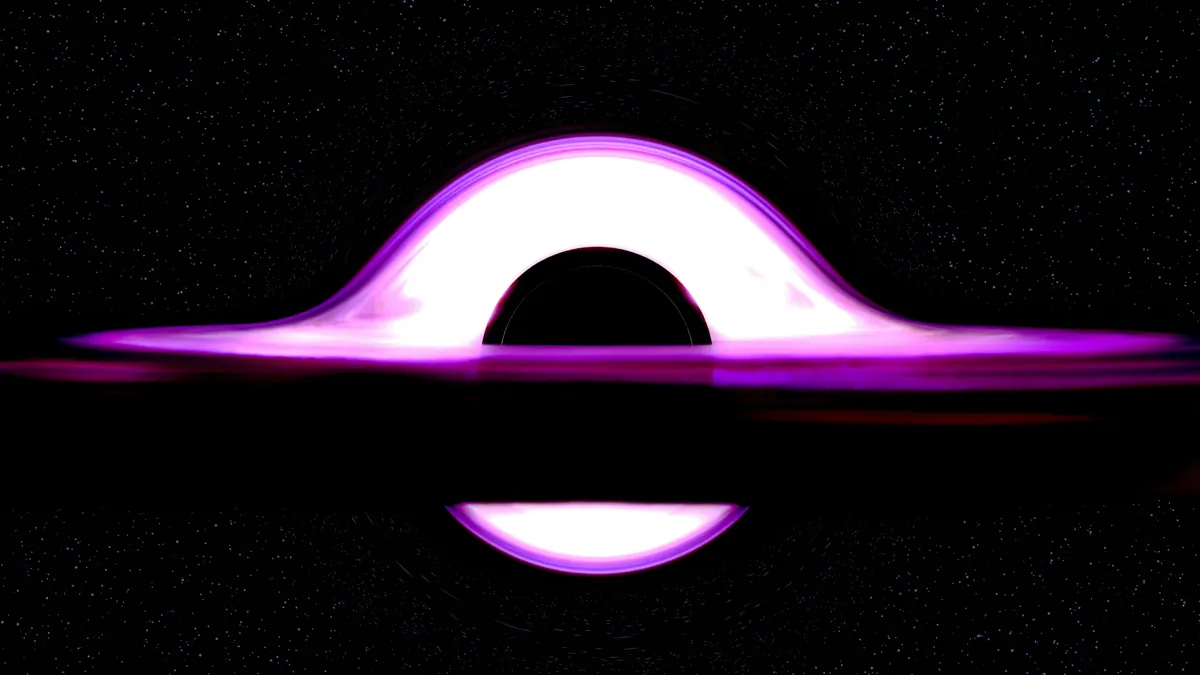
New research suggests that black holes may actually be “frozen stars,” bizarre quantum objects that lack a singularity and an event horizon, potentially solving some of the biggest paradoxes in black hole physics.

Scientists have discovered what they call a ‘third state’ between life and death, where some cells of an organism survive even after the organism dies. They don’t just survive – they develop new capabilities they didn’t have in the organism’s life, according to a study published in the Physiology journal.

“By growing mycelium into the electronics of a robot, we were able to allow the biohybrid machine to sense and respond to the environment,” says senior researcher Rob Shepherd, a materials scientist at Cornell. This research was published in Science Robotics.

A doughnut-shaped region thousands of kilometers beneath our feet within Earth’s liquid core has been discovered by scientists from The Australian National University (ANU), providing new clues about the dynamics of our planet’s magnetic field. The research is published in Science Advances.
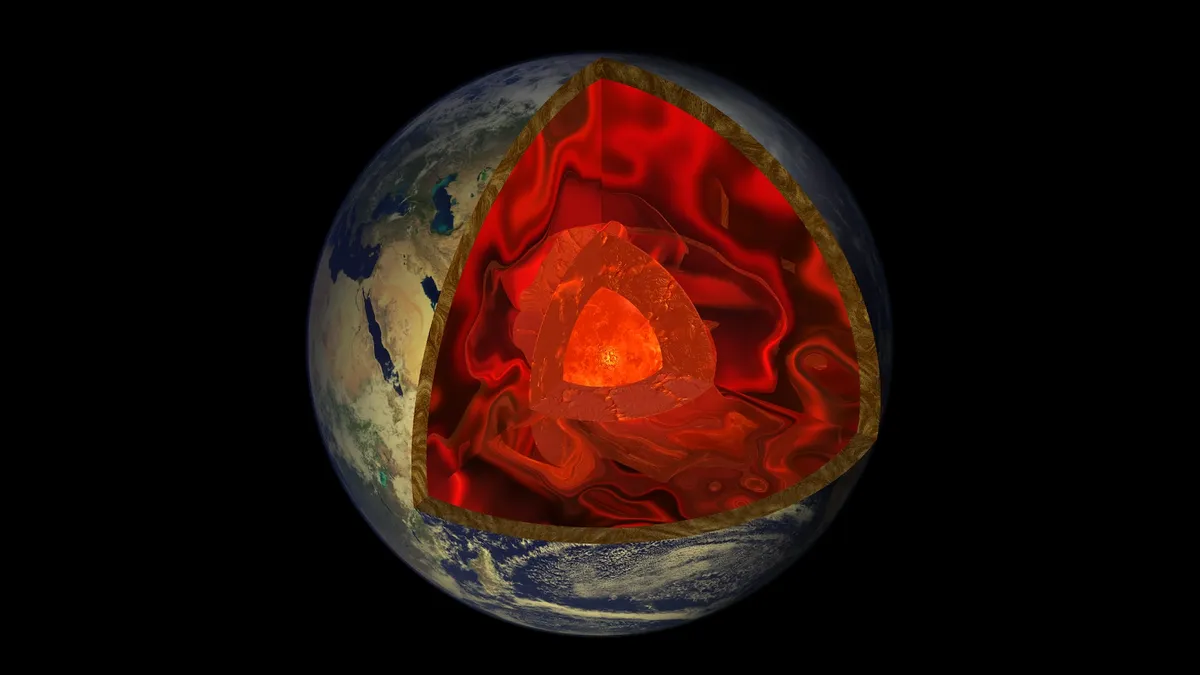
Mysterious zones in the deep mantle where earthquake waves slow to a crawl may actually be everywhere, new research finds.
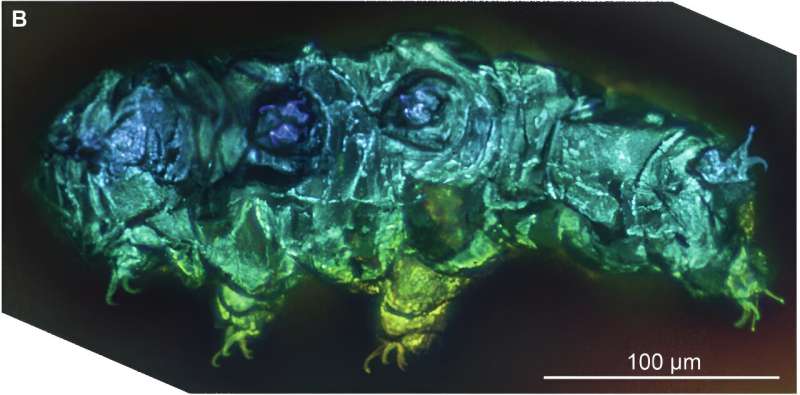
A trio of evolutionary biologists at Harvard University’s Museum of Comparative Zoology has learned more about the evolutionary history of tardigrades by studying two fossils embedded in amber. Their study is published in Communications Biology.
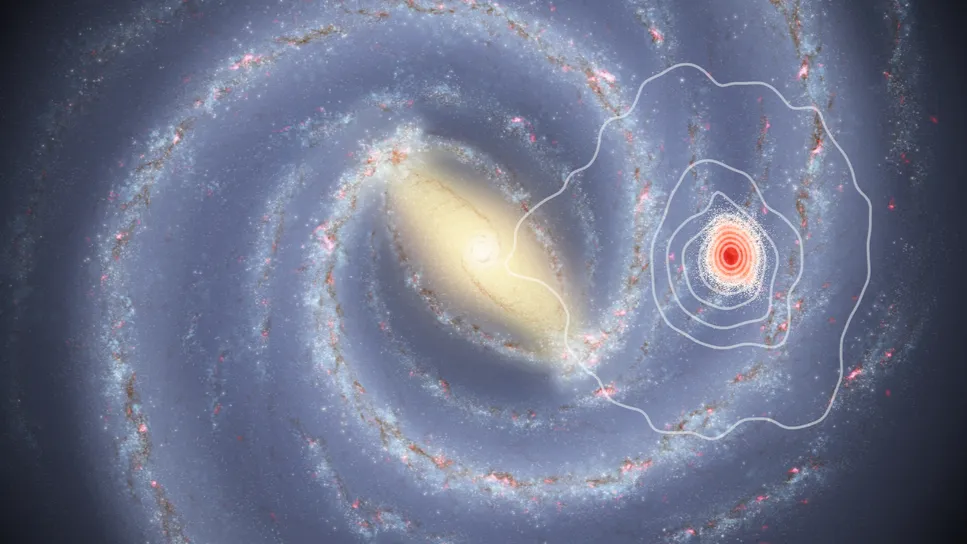
Researchers using the Gaia space telescope studied some ancient stars near the sun, revealing that our corner of the Milky Way may be billions of years older than once thought. See their findings in the pre-print arXiv server earlier this year.

Chugging quietly away in the dark depths of Earth’s ocean floors, a spontaneous chemical reaction is unobtrusively creating oxygen, all without the involvement of life. This unexpected discovery upends the long-standing consensus that it takes photosynthesizing organisms to produce the oxygen we need to breathe. This research was published in Nature Geoscience.

So much is still unknown about consciousness, nevermind whether brain organoids will achieve it, explains a leading neuroscientist.

It sounds like a scene from a Spielberg film: an injured worker undergoes an emergency amputation, performed by one of her colleagues, allowing her to live another day. But this is not a human story – it is behaviour seen in ants.

Out-of-body experiences (OBEs) can leave a significant and lasting impression on those who go through them, and can also boost feelings of empathy towards others, according to a new survey.
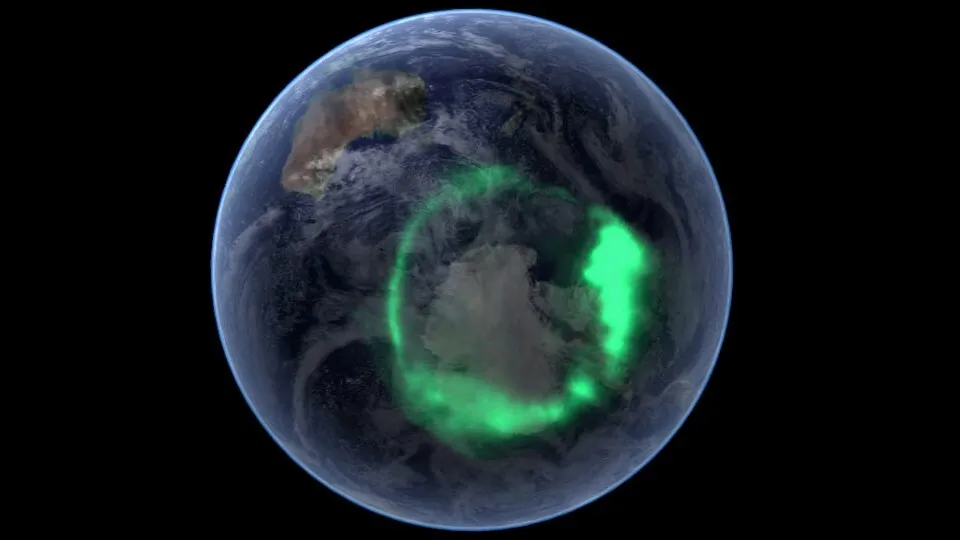
Mysterious dark matter could slosh over our planet like a wave. If it does, it may produce telltale radio waves in Earth’s atmosphere, new theoretical research suggests.
Details of the “highly unusual” neutron star’s discovery is published in Nature Astronomy. There have been more than 3,000 radio-emitting neutron stars discovered. The newly found star’s spin is well outside what astrophysicists predict of neutron star behaviour.

If you search “shrimp Jesus” on Facebook, you might encounter dozens of images of artificial intelligence (AI) generated crustaceans meshed in various forms with a stereotypical image of Jesus Christ. Some of these hyper-realistic images have garnered more than 20,000 likes and comments. So what exactly is going on here?
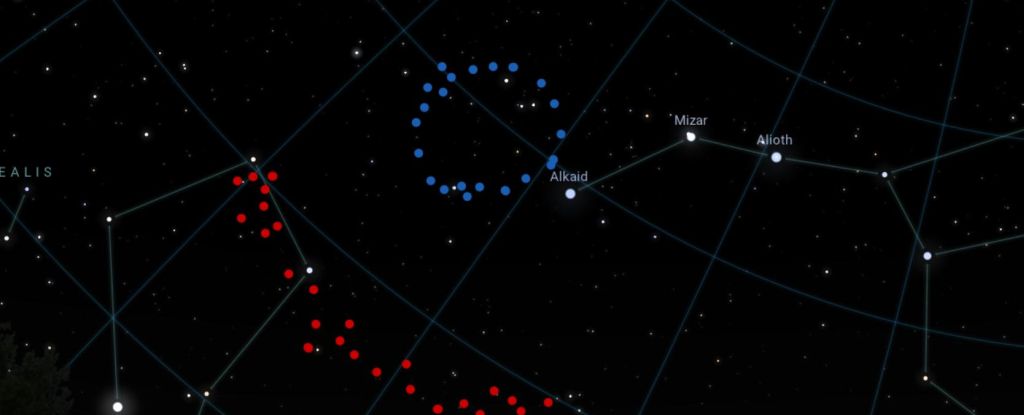
A colossal structure in the distant Universe is defying our understanding of how the Universe evolved. In light that has traveled for 6.9 billion years to reach us, astronomers have found a giant, almost perfect ring of galaxies, some 1.3 billion light-years in diameter. It doesn’t match any known structure or formation mechanism.








